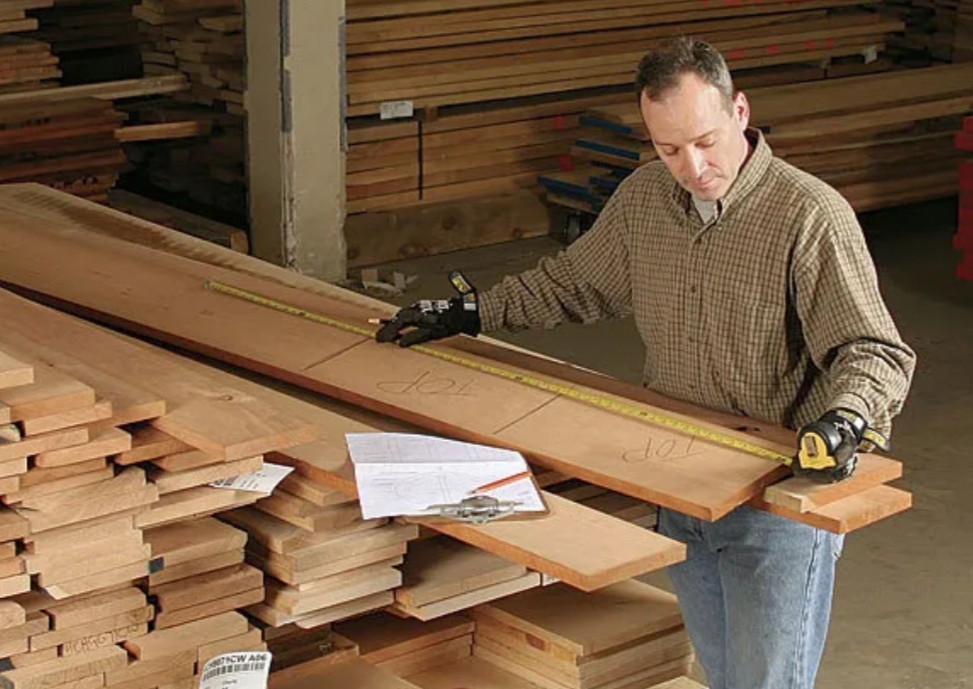
There are several different types of wood, making it difficult to choose which one to employ for your project. Different woods are better suited to different designs, therefore it’s critical to consider several factors before spending money. This guide covers the most popular wood species, including how to choose the best kind for your needs.
In general, there are two varieties of timber: hardwood and softwood. Before you purchase timber and building supplies online, it’s essential to understand the various benefits of each.
Hardwood: Outside projects, in particular those that take place in harsh weather, frequently utilise hardwood because of its durability and resistance to harsher conditions. Timber can deteriorate over time due to rainfall, snow, or direct sunshine.
Softwood: Hardwood, on the other hand, is popular in indoor settings due to its lighter weight and more flexible nature. Softwood timber is frequently used since it is less dense than hardwood, allowing for greater interior mouldings, windows, and structural framing.
Hardwoods are usually cultivated at a slower rate than softwoods (which come from conifers) because they are sourced from broad-leafed trees. Softwoods, on the other hand, grow more quickly and are easier to obtain and work with. They are frequently less expensive than hardwoods.
Common Hardwoods
Oak
There are over 600 different species of oak, and this wood is one of the most frequently utilised hardwoods due to its endurance. Milled wood is the most frequent type used for construction, decking, furniture, flooring, and panelling.
Advantages: Oakwood is beautiful, has a lovely grain, is soft and long-lasting, strong, and nontoxic. It will not warp in direct sunlight because it is both stainable and polishable
Disadvantages: It is extremely difficult to work with, as well as its high tannin content can sometimes cause problems with oil finishes.
Mahogany
Mahogany is a hardwood that has a reddish-brown color and is renowned for its durability. It’s commonly utilized in the home for dining chairs and tables, as well as musical instruments, joinery, and flooring veneers.
Advantages: Mahogany is a beautiful, long-lasting, water-resistant, and highly polished hardwood that may be sanded to a high gloss. It also has wonderful wood grain.
Disadvantages: Because the veneers are less thick, they may interact with the adhesives used in veneering, making the wood more prone to wear and strain.
Maple
Maple trees are among the most common trees in North America. Over 150 distinct varieties exist. The majority of maple trees come from Asia. Maple wood is frequently used to build kitchen cabinets, furniture, and carpentry projects. It’s widely used in high-traffic places like dance floors and bowling alleys.
Advantages: It is well-known and popular for its smooth, uniform colour as well as its straight wood grain. It’s also stainable, polishable, and long-lasting hardwood that’s staining resistant.
Disadvantages: However, maple is a difficult wood to glue because there aren’t many reasons not to choose it.
Common Softwoods
Pine
Pine is a popular softwood that is frequently used for DIY projects. The wood has over 125 species and is often utilized for decking, sheds, cladding, flooring, construction, and furniture.
Advantages: Pine is a common wood among woodworkers since it has gorgeous knots and grain, as well as is less expensive than other woods. It’s a strong material that can endure a lot of use and strain if properly cared for.
Disadvantages: The primary disadvantage of utilizing pine is that it may become yellow with age when exposed to sunlight.
